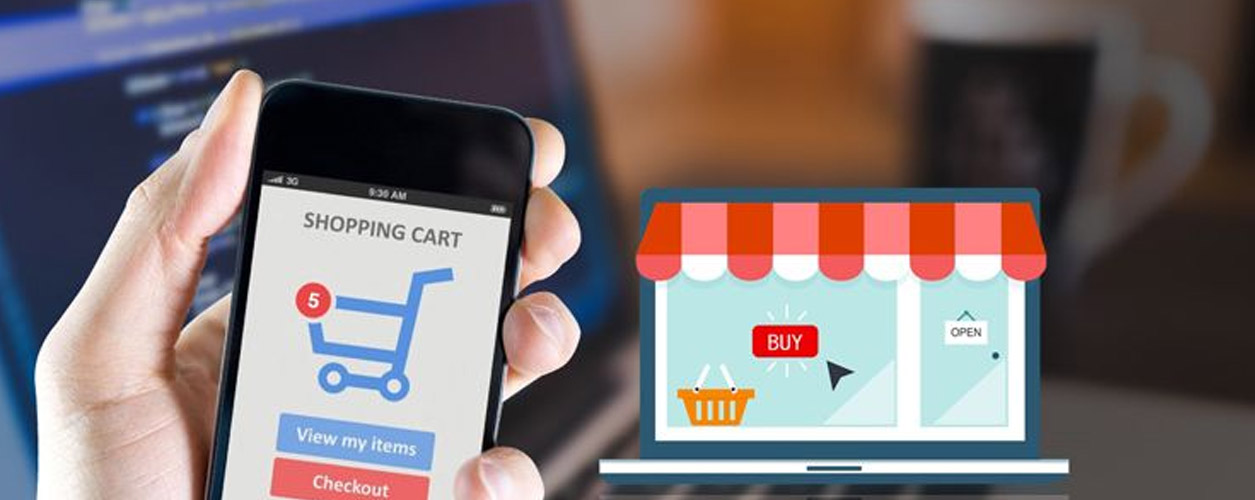
E-commerce Development and online trading are booming around the world and are opening up both new business opportunities and new market access options for Pakistan providers. This applies not only to the leading economies, E-commerce Development also to large emerging and developing countries. However, cultural peculiarities and complex legal and customs regulations often have to be observed.
Technological progress is also rapidly changing the framework conditions for online trading. Ever better transmission capacities, the emerging mobile commerce on smart-phones or tablets, new payment methods, faster deliveries or the evaluation of large amounts of data characterize the picture in many places.
On the other hand, online retailers in large growth markets such as Nigeria, India or Mexico have to adapt their offers to lower transmission speeds. They often have to assume that customers cannot or do not want to make online payments at the moment, either because they do not have an account or because they lack confidence in data security. There must be alternative payment options for these customers, for example at kiosks or with apps.
The GTAI trends of e-commerce and online trade shed light on the latest developments in Germany and on ten important foreign markets in Europe, Asia, North America and Africa. In addition to information on the most important e-commerce segments and providers, there are forecasts for future market development and an embedding in general retail trends and the digitization strategies of the individual countries. An overview of important legal requirements and import aspects as well as contact details for associations and institutions on site complete the offer.
China the Great e-commerce market
The PR China has arrived in the age of consumption. The "workbench of the world" is in the online shopping bug. However, the Chinese Internet is dominated by local companies that also offer the most popular platforms for sales. Hardly a path leads past Tmall. WeChat, on the other hand, is developing into an alternative. Cross-border shipments are currently a popular way to get started. A German image is helpful in e-commerce in China.
Forecasts for US online retail remain very good
Online sales are increasing in the USA. The share of retail sales was around 8%. Retailers are increasingly relying on cross-channel concepts, in which stationary and mobile shopping worlds merge. Young adults in particular are increasingly shopping via smart-phone and tablet. The demands of consumers for a wide range of delivery options, ever faster delivery times and free returns are growing at a rapid pace.
The British are avid internet shoppers
British consumers buy more per capita per click than any other people in the world. In e-commerce sales could be the equivalent of around 93 billion euros, around 19% of total retail. Some online supermarkets guarantee free one-hour deliveries in certain areas, any time of the day or night. However, Brexit and the devaluation of the pound sterling are depressing general consumer sentiment and imports.
E-Commerce: Features and Development
E-commerce, electronic commerce, online and internet commerce: all of these terms stand for buying and selling goods or services using electronic information technology. The internet is the core technology. But other forms of digital data transmission and processing - such as mobile communications, electronic customer databases or accounting software - are also used by companies. What exactly is e-commerce, what are its advantages and disadvantages and what are the current trends in online trading